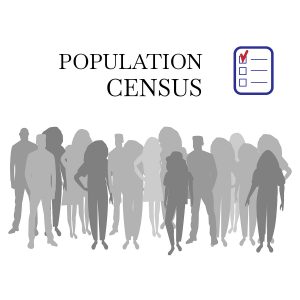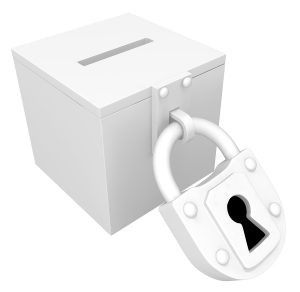 The annual Federal Information Security Modernization Act (FISMA) report was delivered to Congress in May and contained encouraging news. The report, tracking agencies' ability to meet the guidelines set forth in FISMA, showed that there were 8% fewer cybersecurity incidents across government in fiscal year 2019. Additionally, the report showed that 73 agencies meet the highest FISMA rating, up from 62 in 2018.
The annual Federal Information Security Modernization Act (FISMA) report was delivered to Congress in May and contained encouraging news. The report, tracking agencies' ability to meet the guidelines set forth in FISMA, showed that there were 8% fewer cybersecurity incidents across government in fiscal year 2019. Additionally, the report showed that 73 agencies meet the highest FISMA rating, up from 62 in 2018.
All of this improvement comes at a time when more attacks are being carried out against agencies and those attacks are becoming more and more sophisticated. The government's ability to stay ahead of the increasing attack vectors can be attributed to compliance with federal regulations and mandates including Continuous Diagnostics and Mitigation program and the National Cybersecurity Protection System.
Additionally, a focus on educating federal employees about spear phishing, the practice of sending emails that look like they are coming from a known or trusted sender to intice targeted individuals to reveal confidential information, has also paid off. The report showed that the U.S. Department of State, U.S. Department of Health and Human Services, and the U.S. Department of Commerce had the largest reduction in phishing-related security incidents via email. Fittingly, the Department of Education earned a proverbial gold star, reporting zero phishing incidents. They attributed this success to employing "increasingly complex phishing scenarios" to improve spam filtering and implementing anti-phishing policies with their email provider. Continue reading


 At the beginning of 2020, the idea that the vast majority of the federal workforce would be working from home seemed like a remote (pun intended) reality. However, due to shelter-in-place orders across the U.S. this spring, much of the public sector work was being done from kitchen tables, guest bedrooms, and home offices. This fast pivot to remote work left agencies scrambling to get devices to employees now separated from their desks, develop reliable and secure connections to enterprise systems and applications, and re-engineer decades-old processes to accommodate fully virtual teams. Some examples include:
At the beginning of 2020, the idea that the vast majority of the federal workforce would be working from home seemed like a remote (pun intended) reality. However, due to shelter-in-place orders across the U.S. this spring, much of the public sector work was being done from kitchen tables, guest bedrooms, and home offices. This fast pivot to remote work left agencies scrambling to get devices to employees now separated from their desks, develop reliable and secure connections to enterprise systems and applications, and re-engineer decades-old processes to accommodate fully virtual teams. Some examples include:



